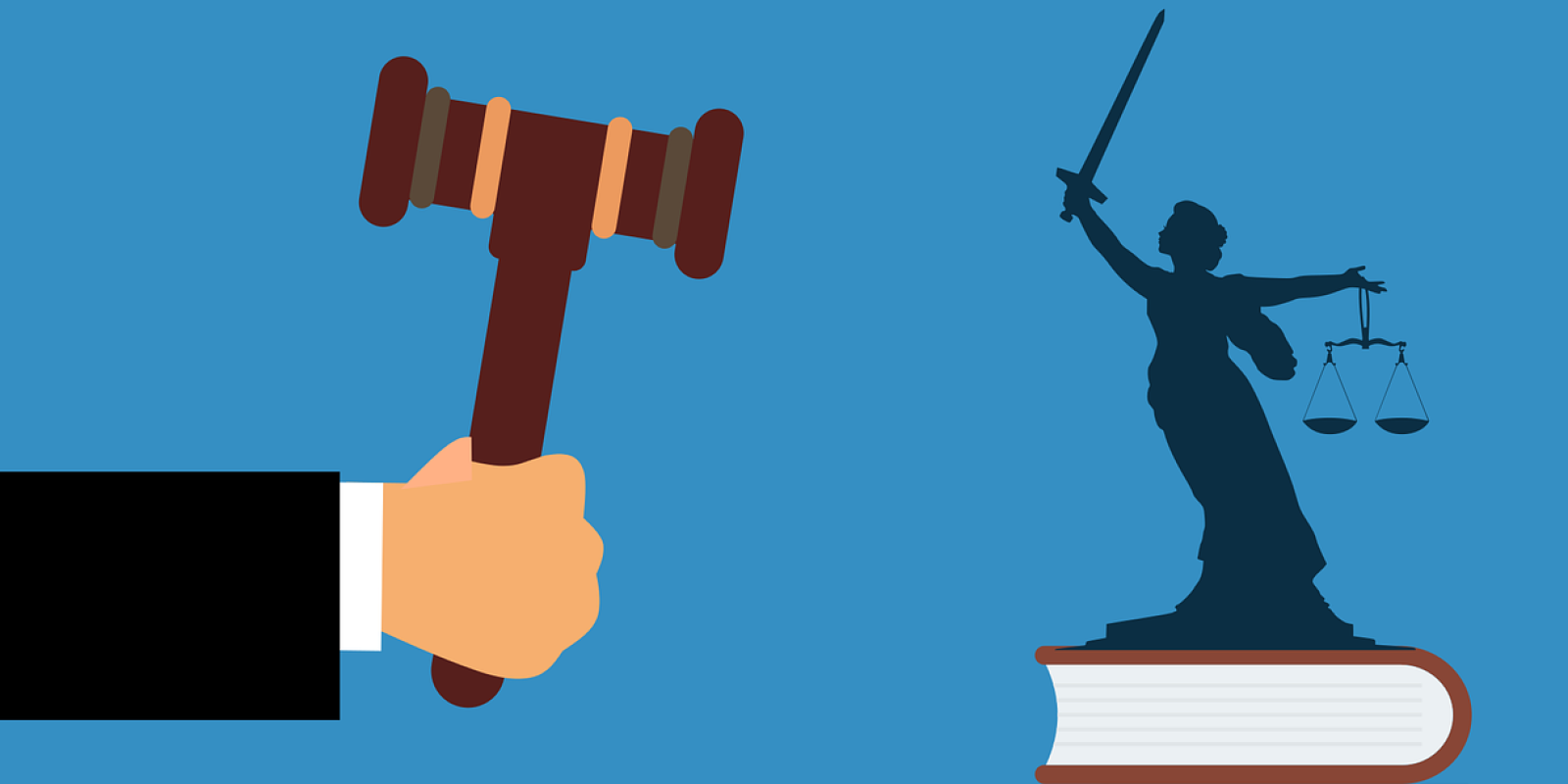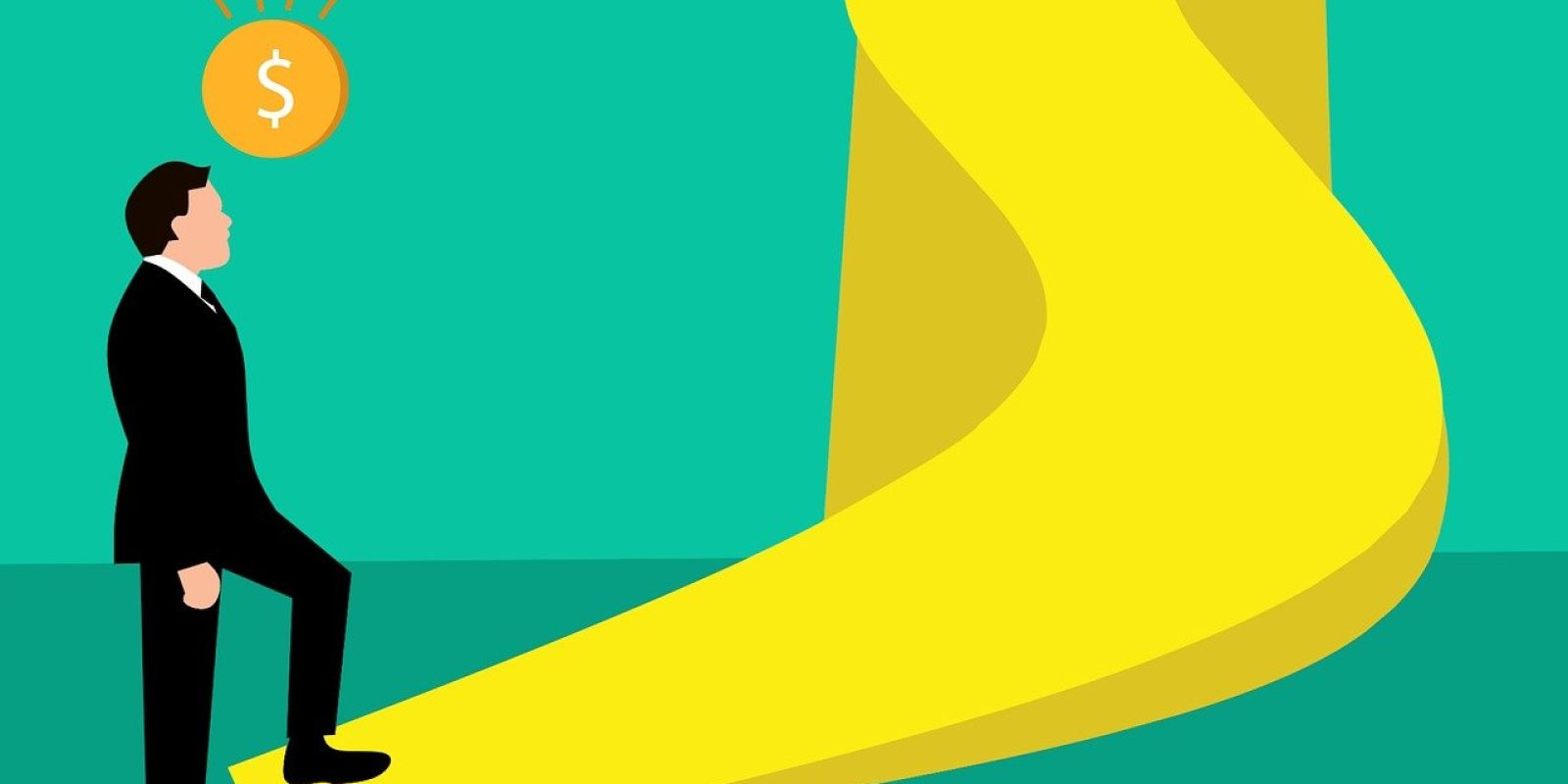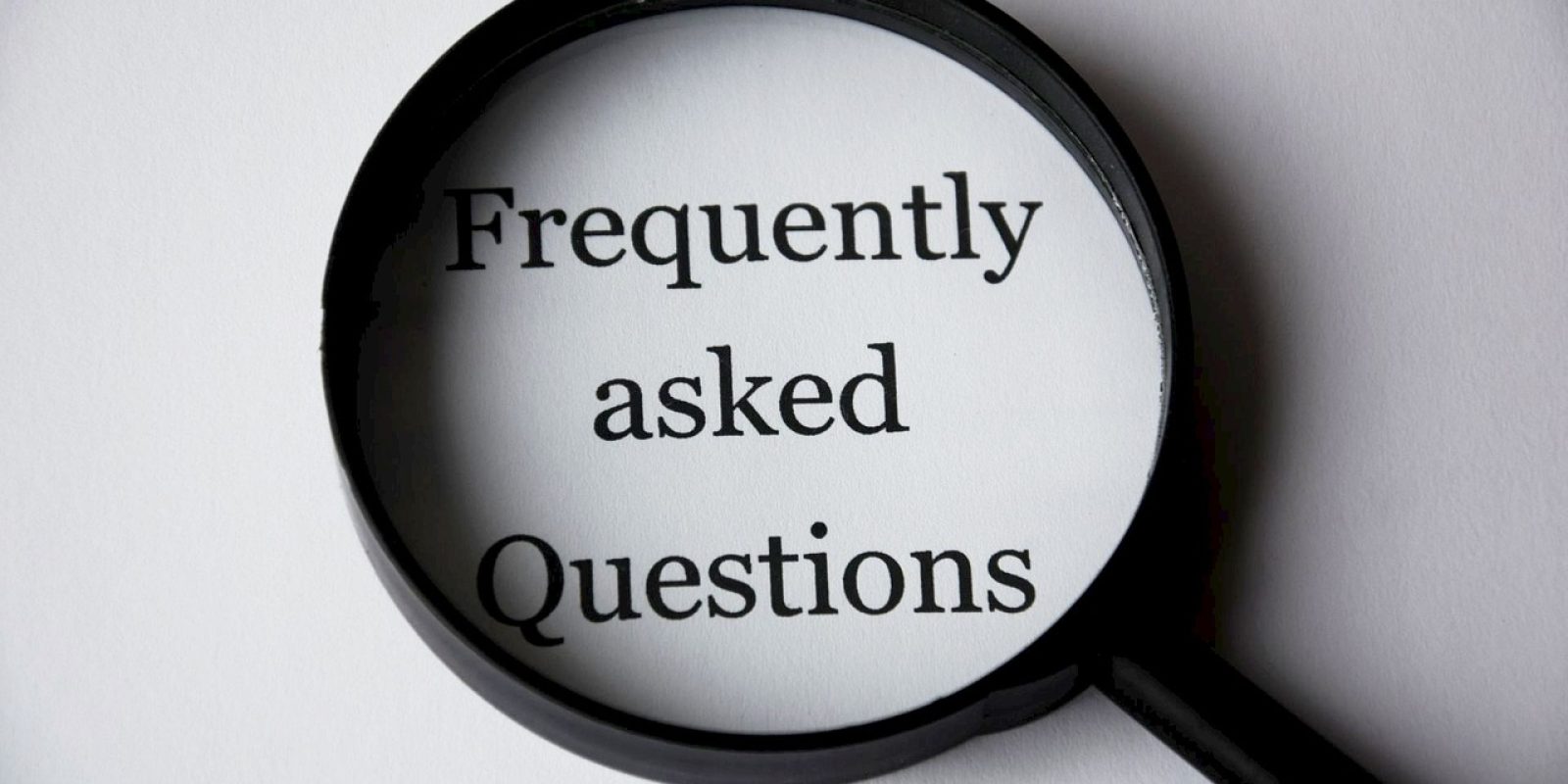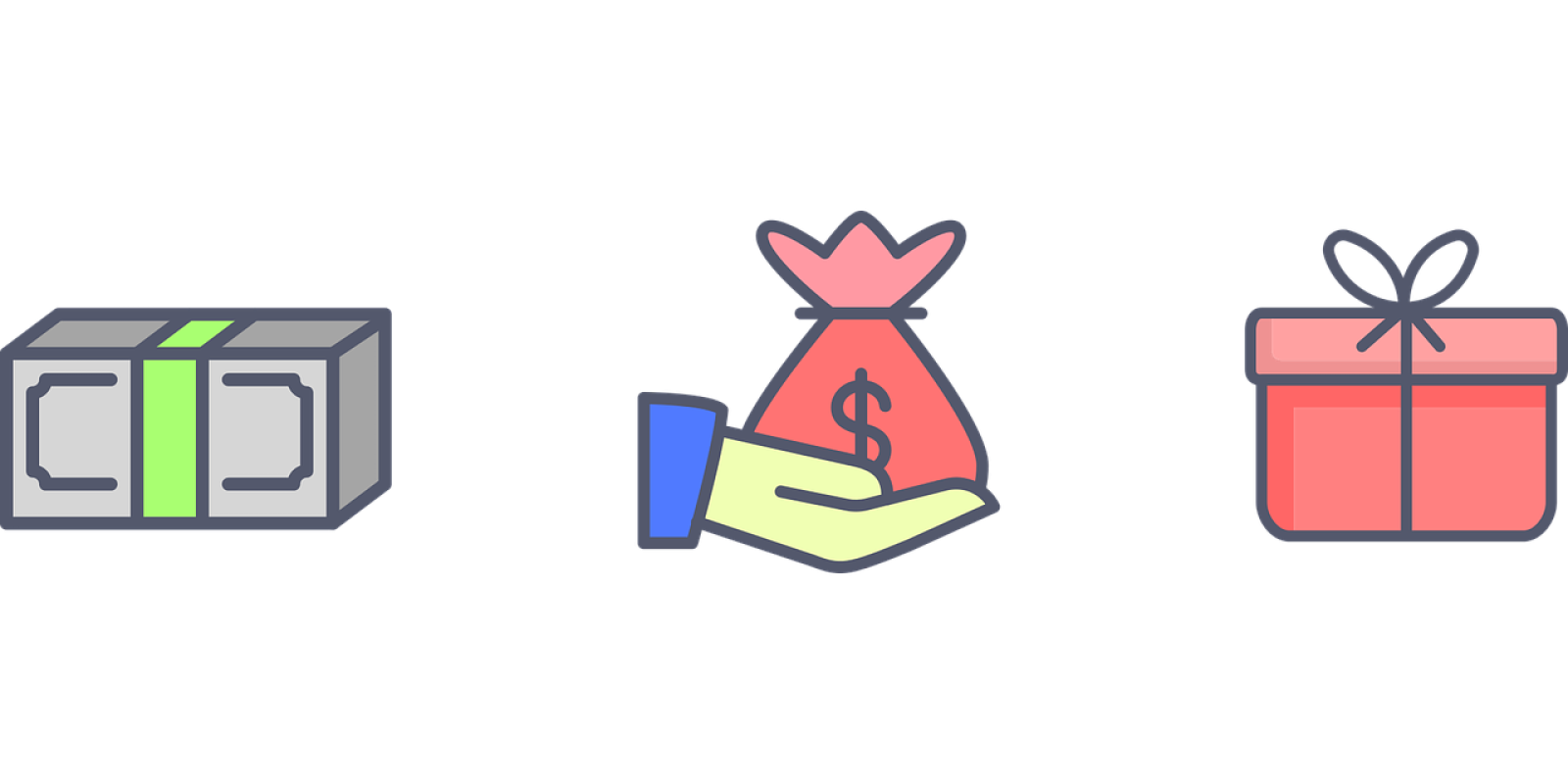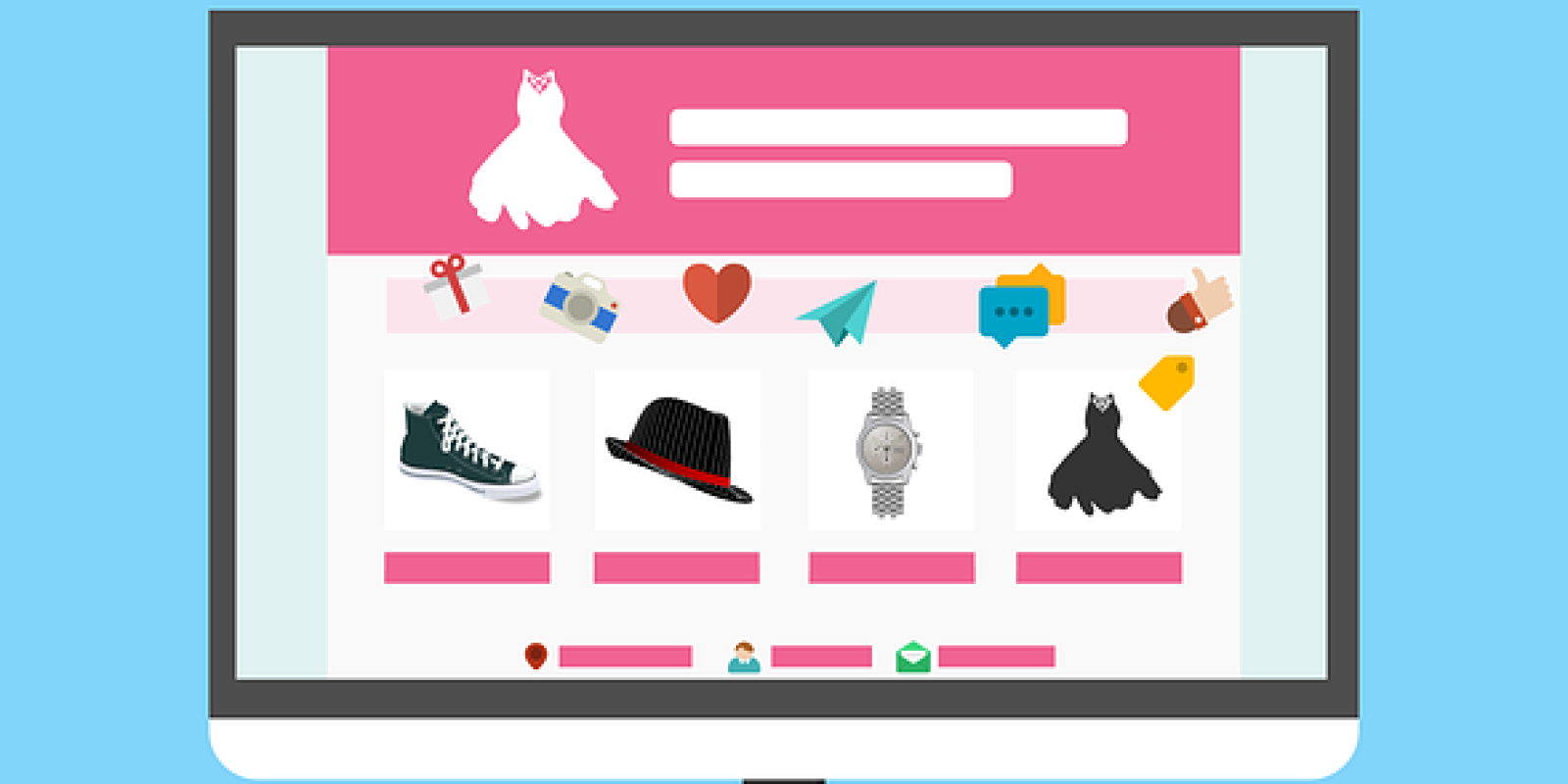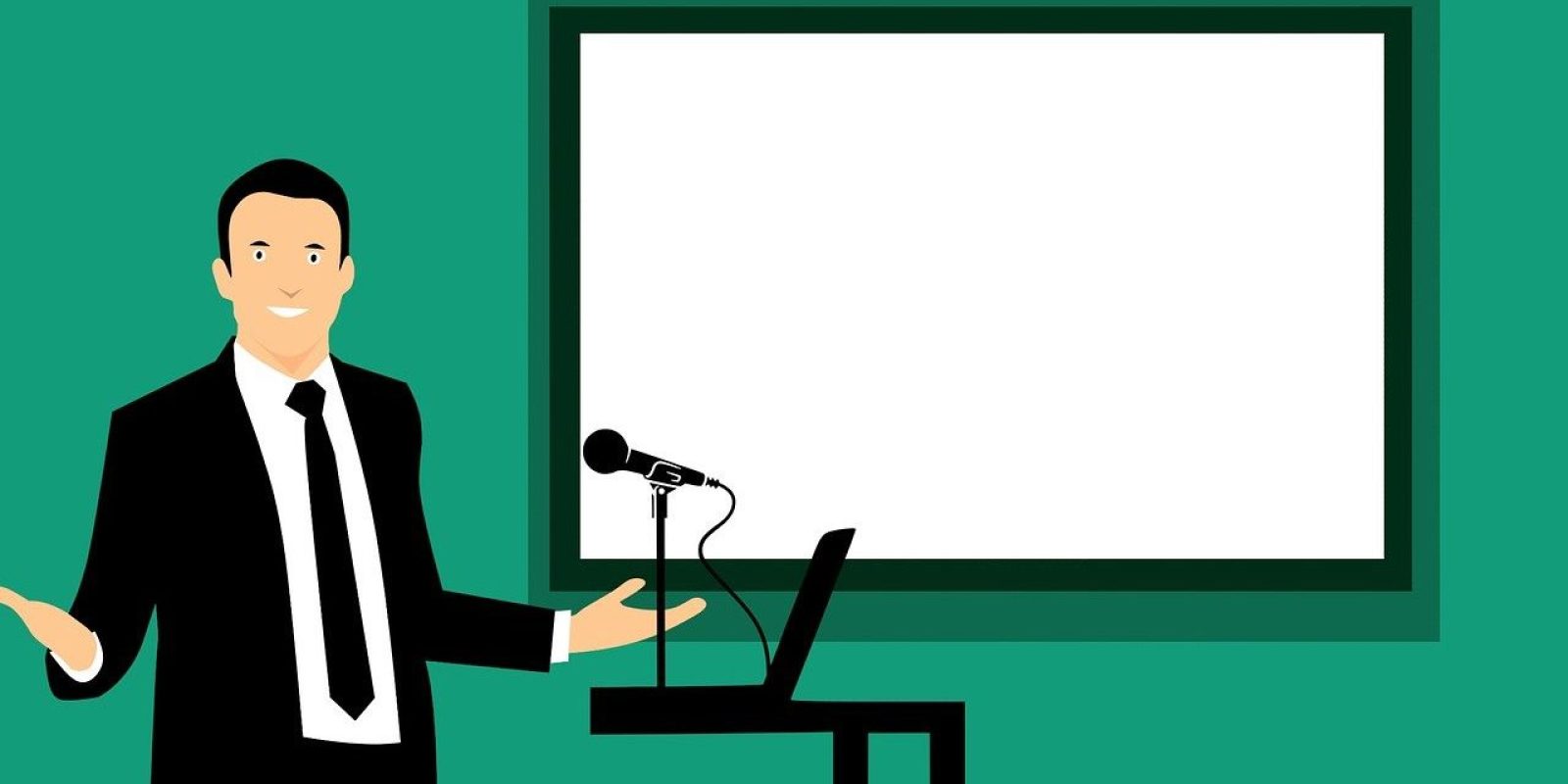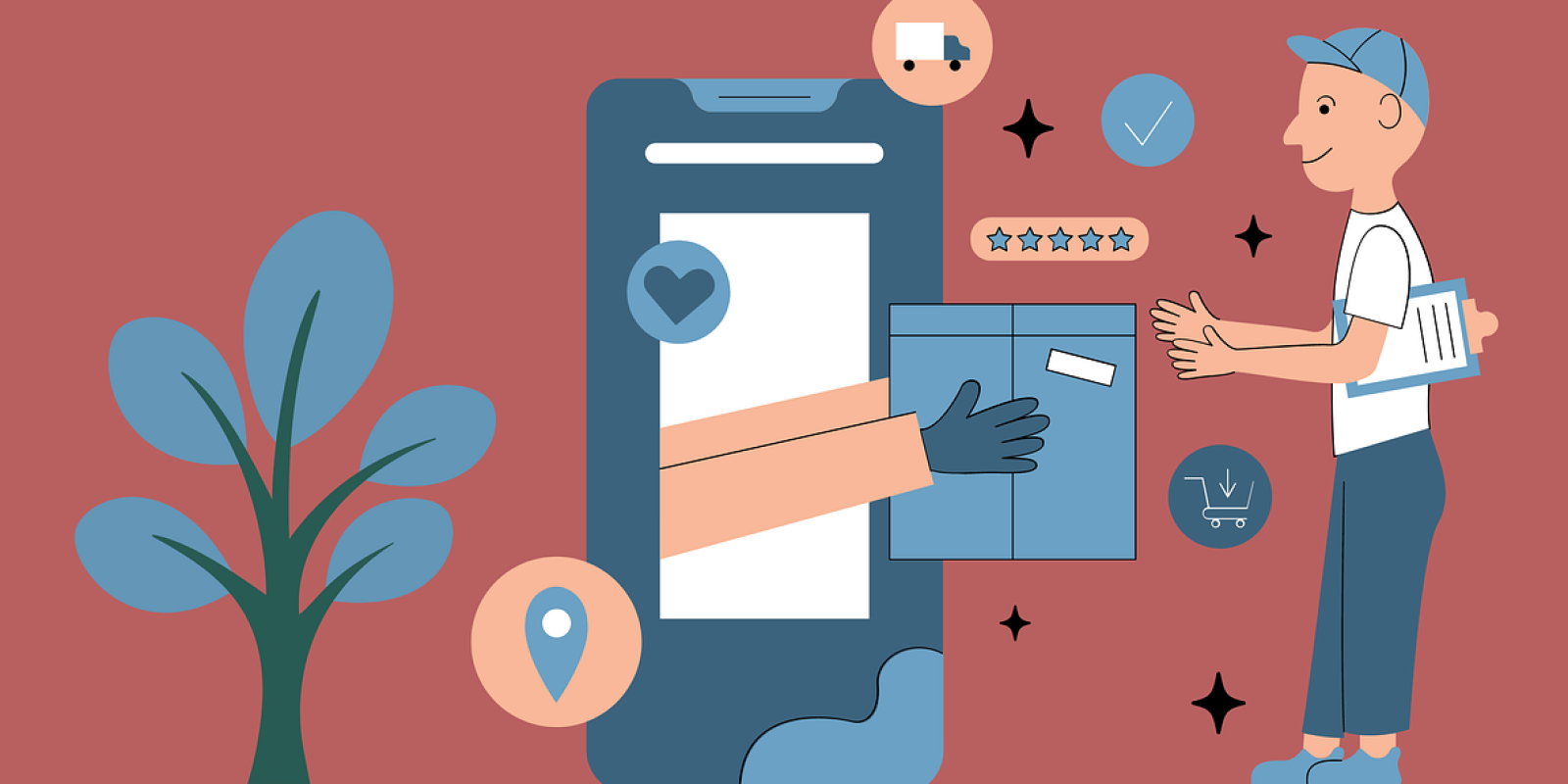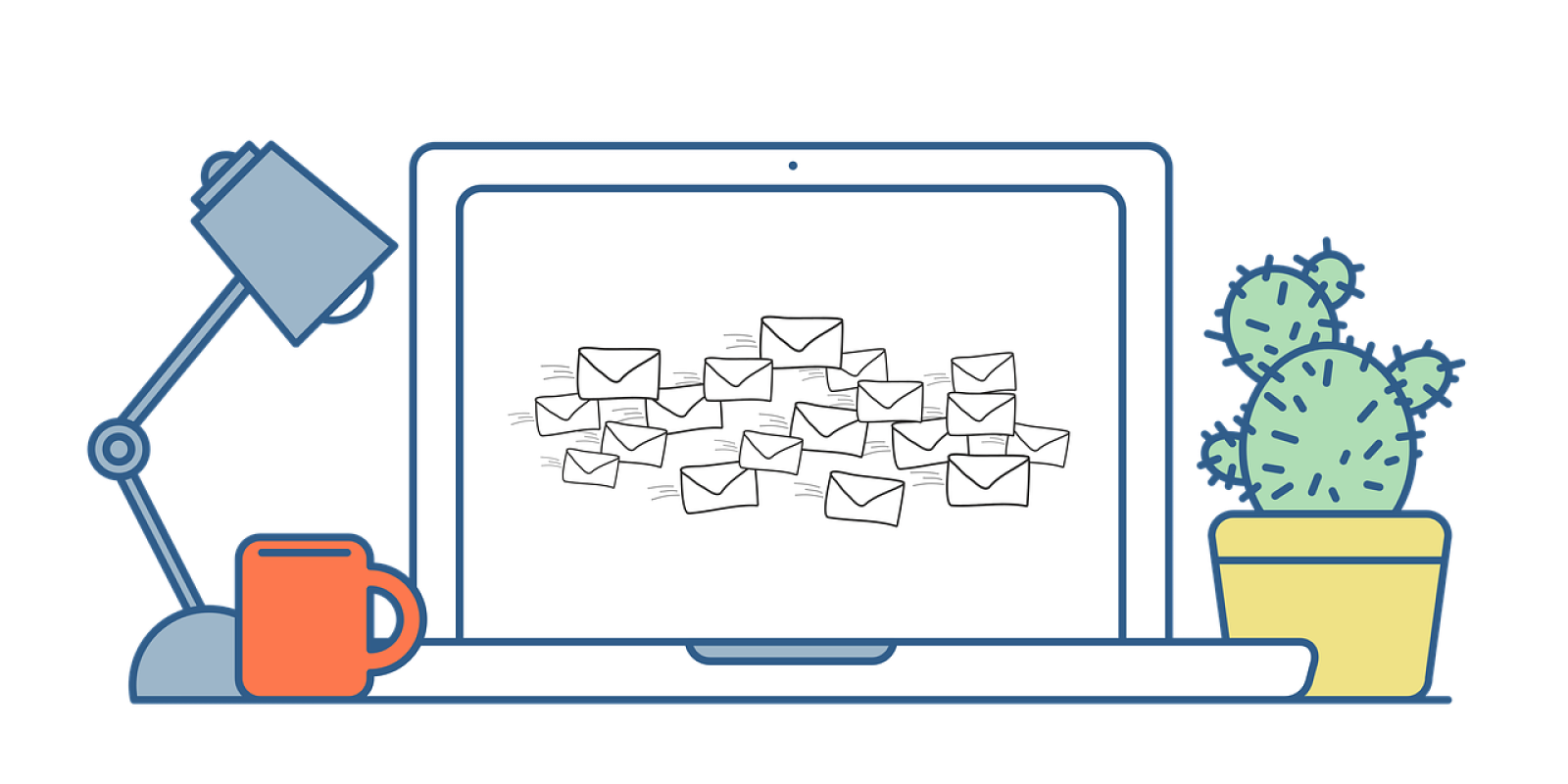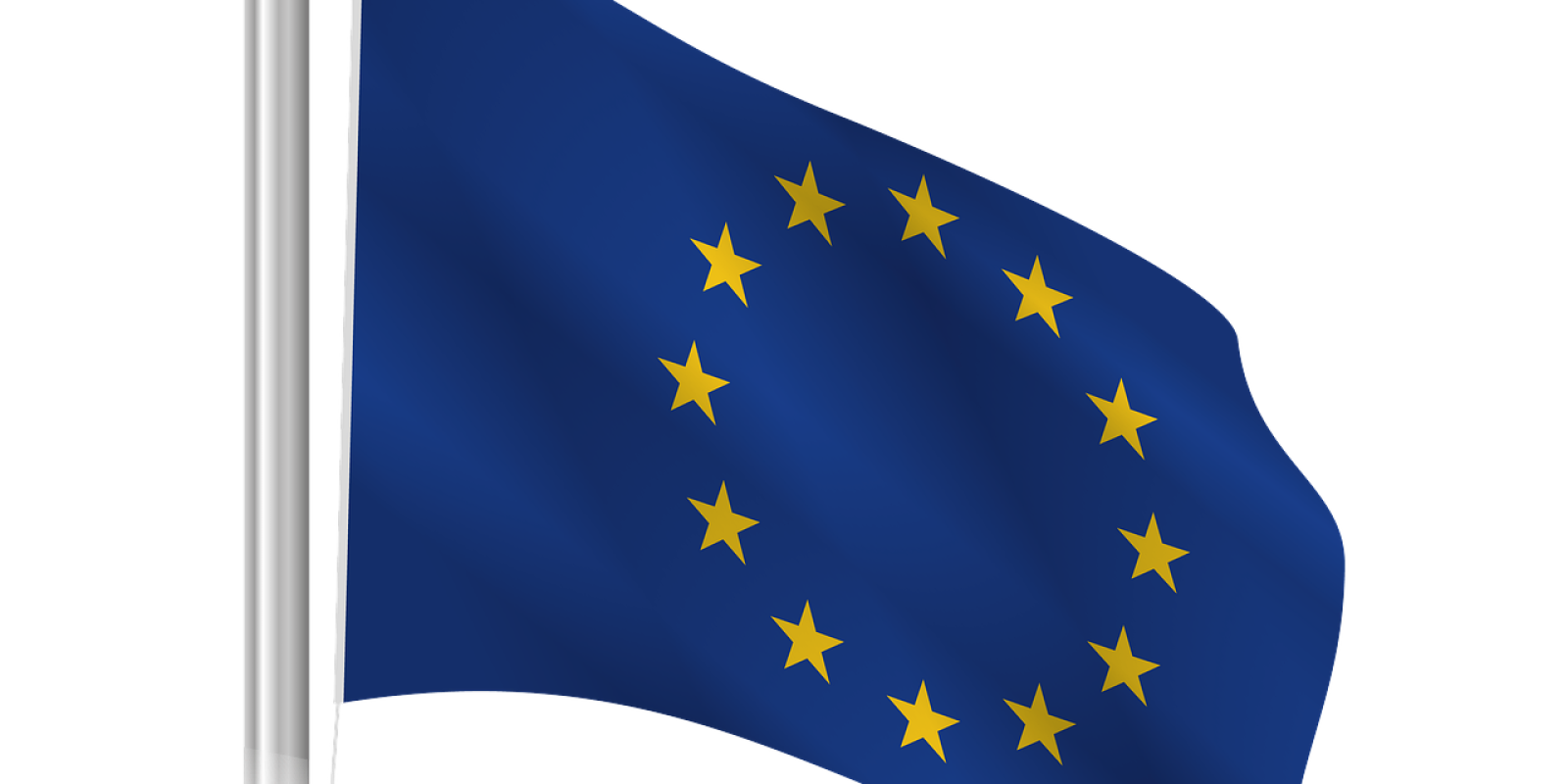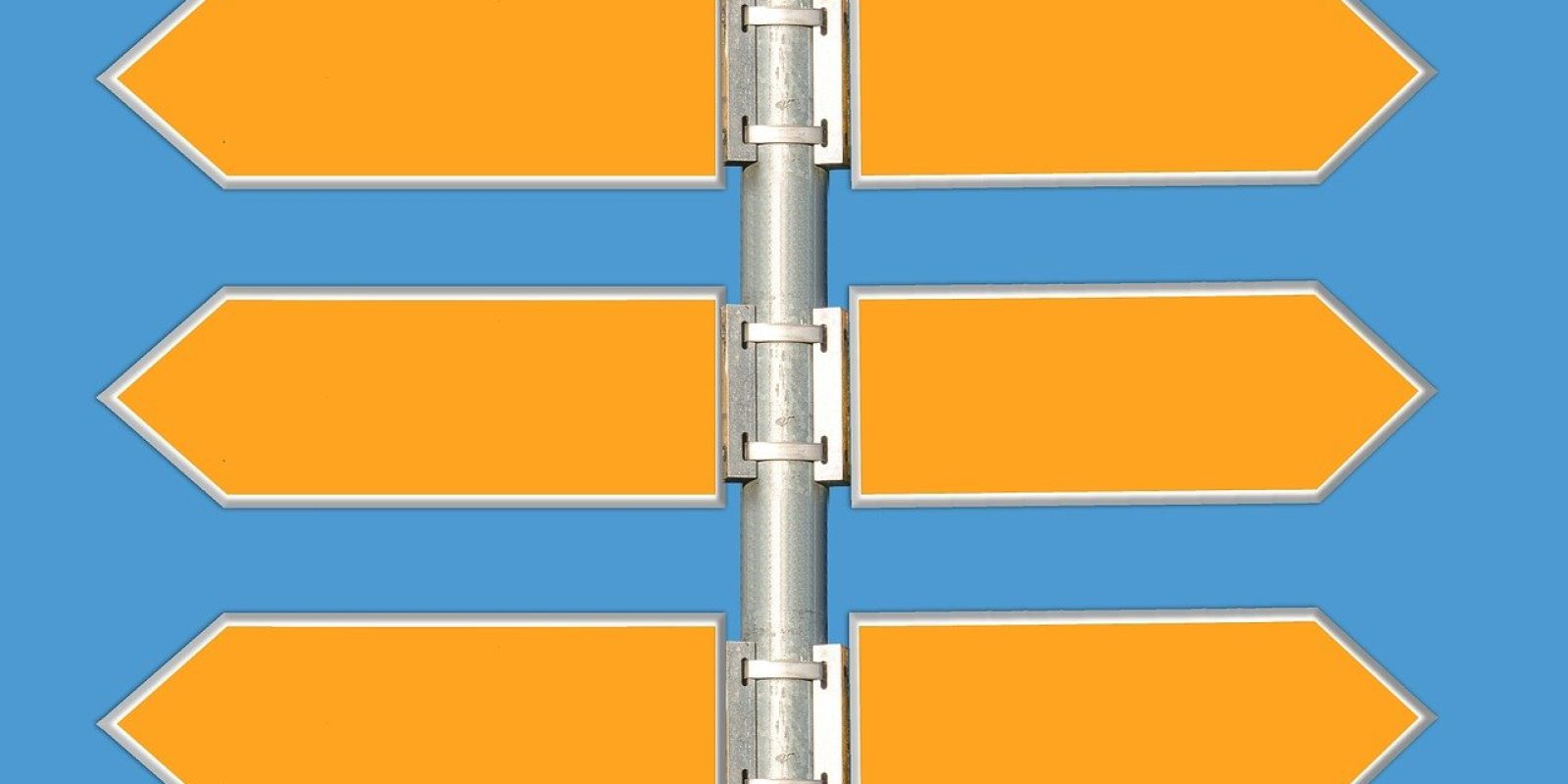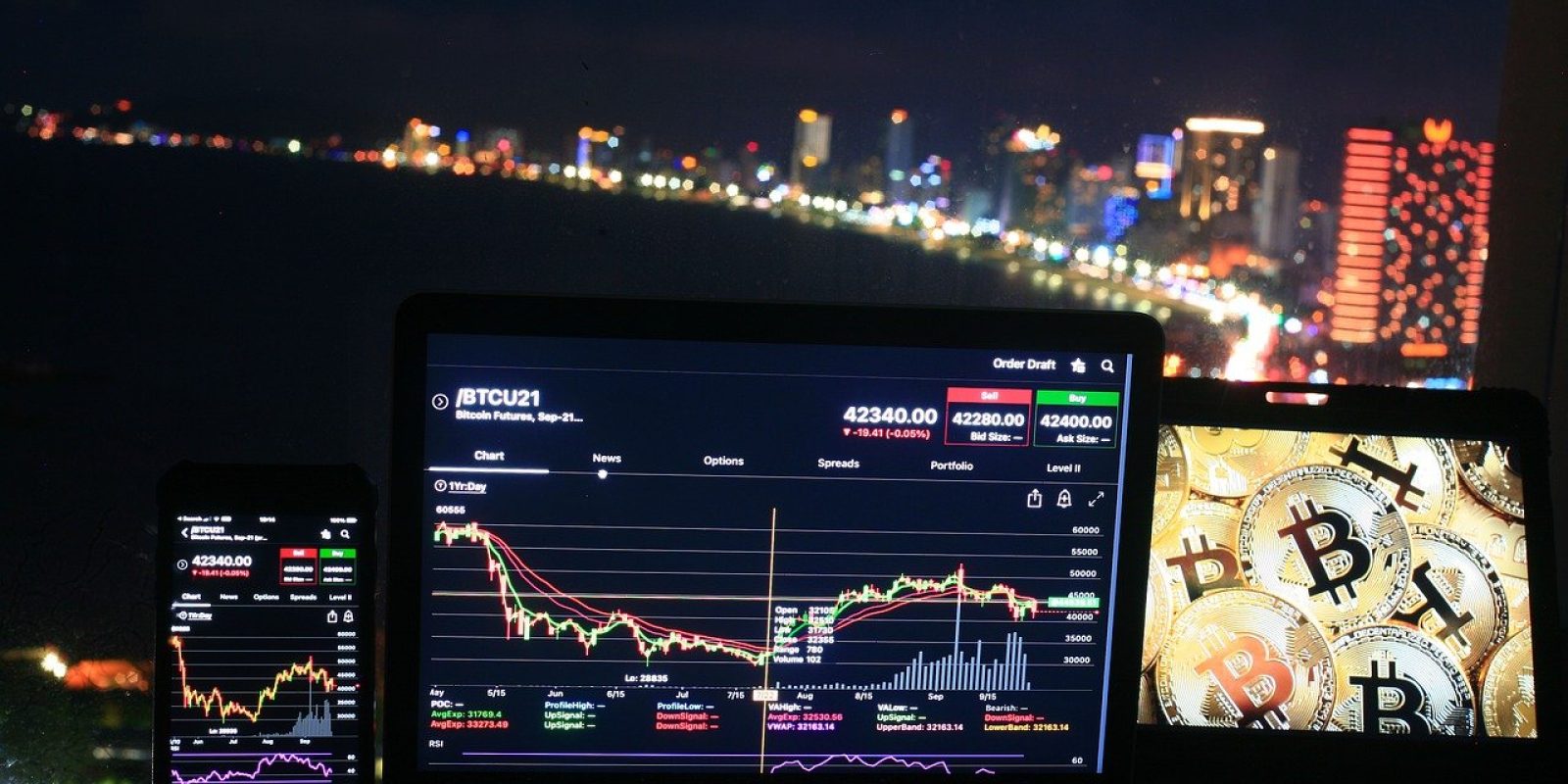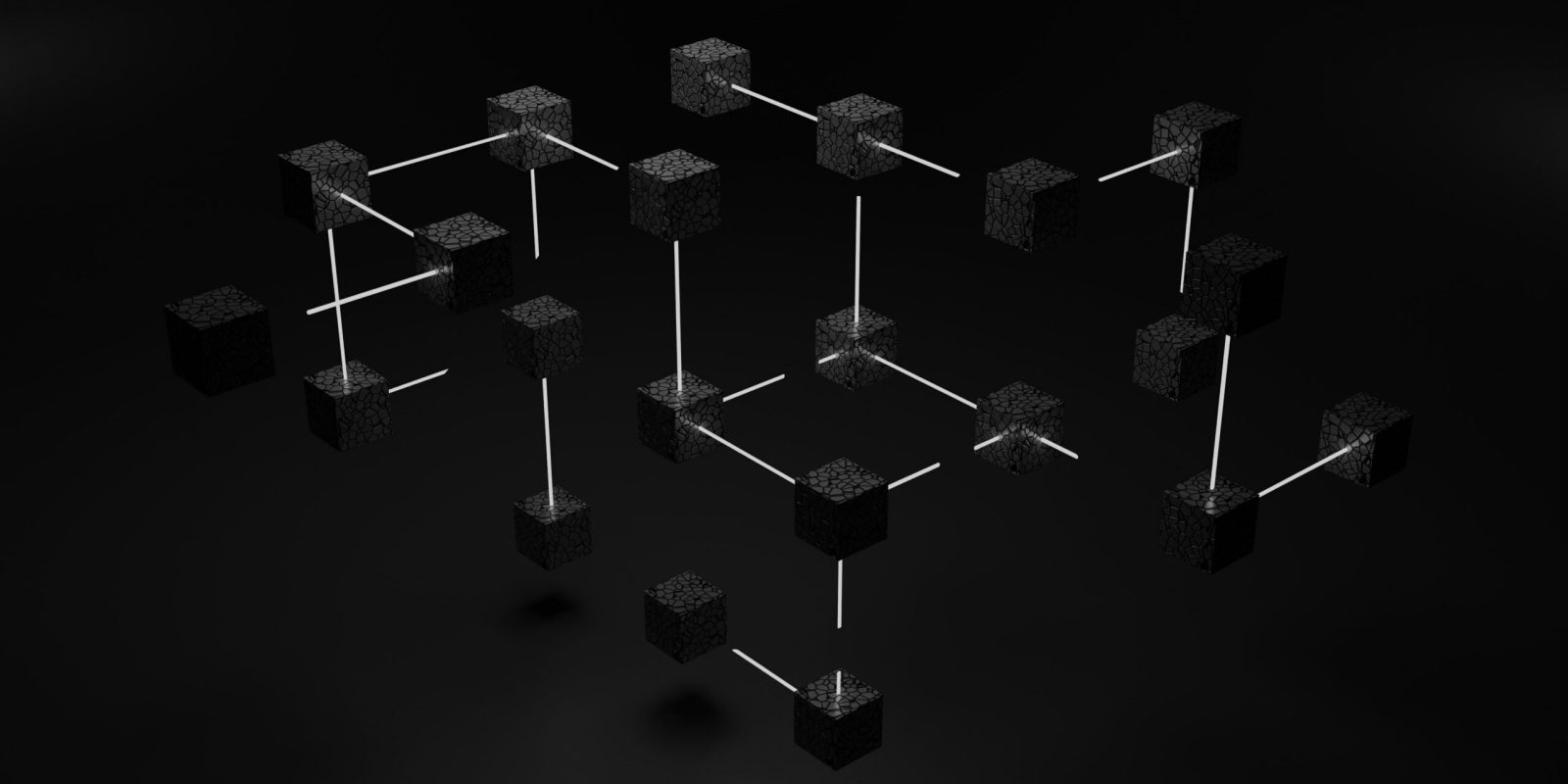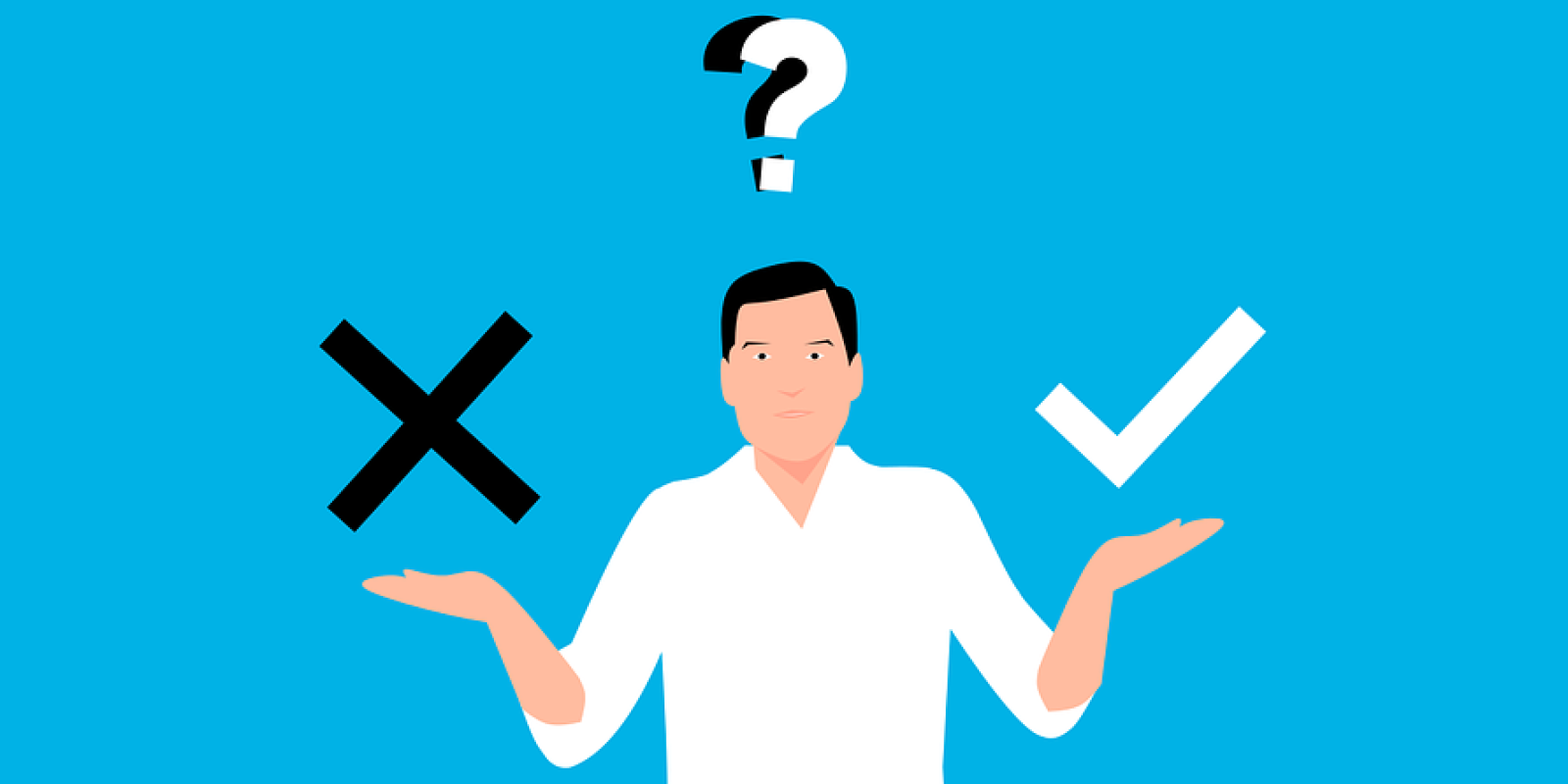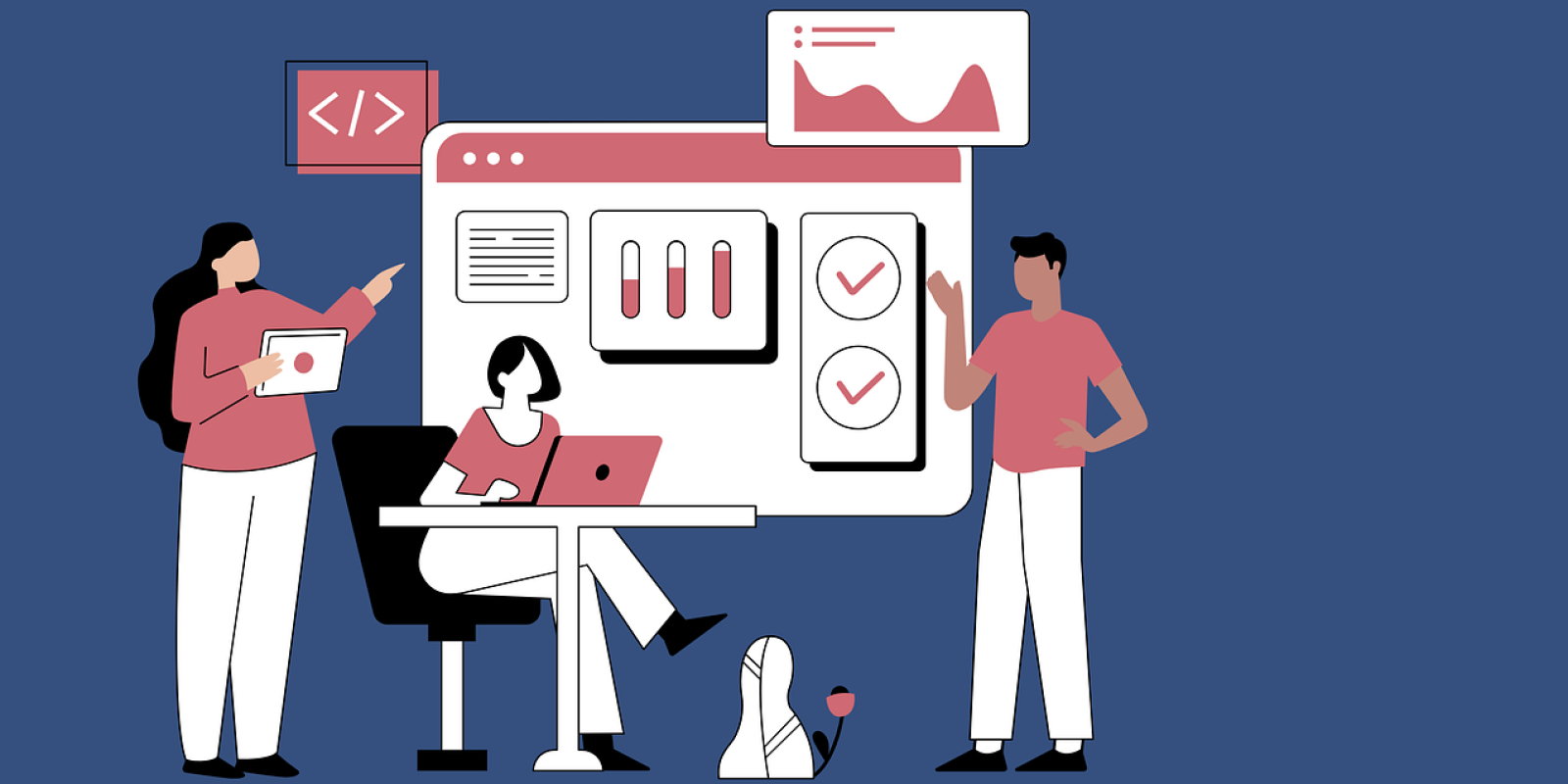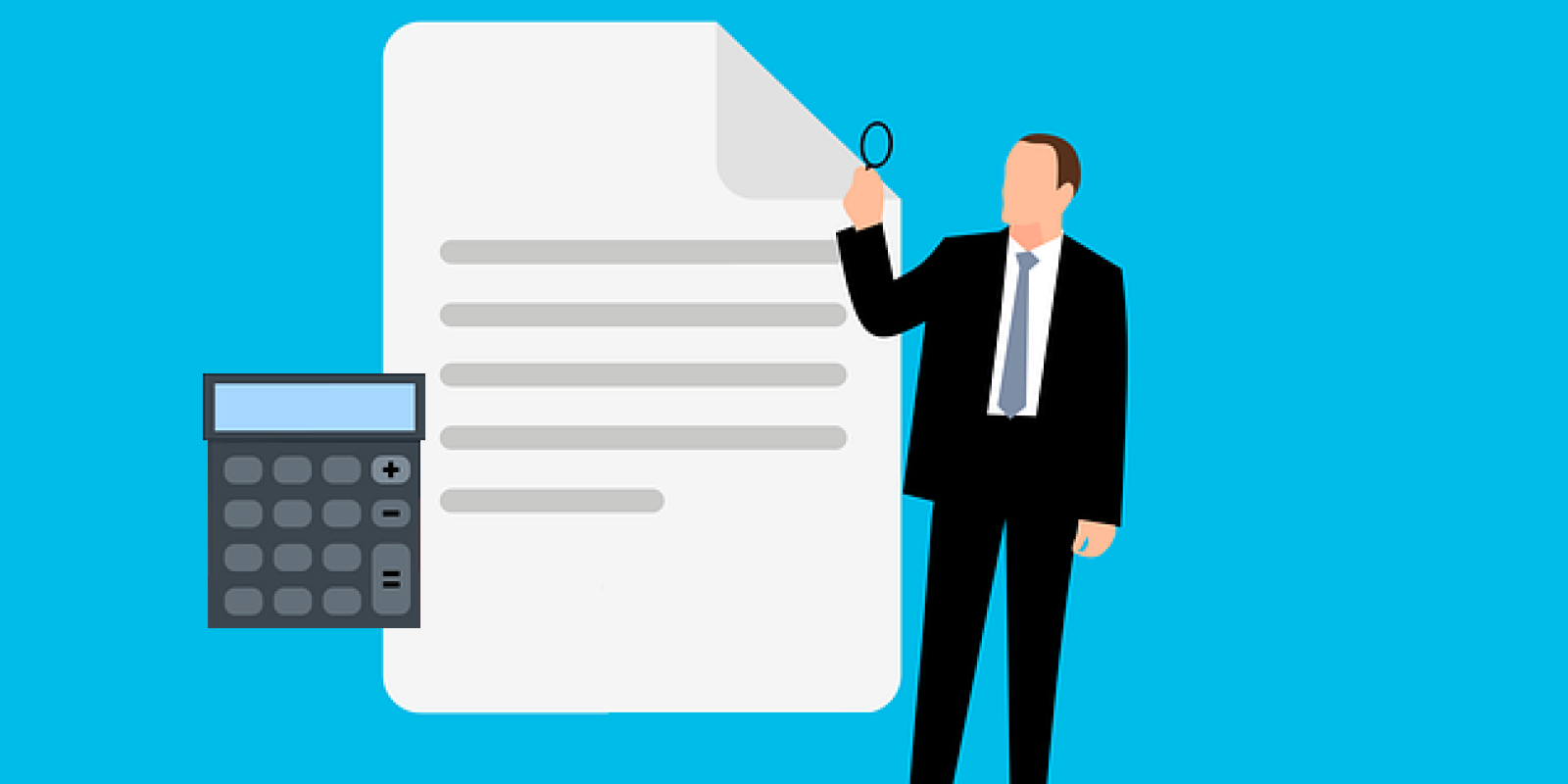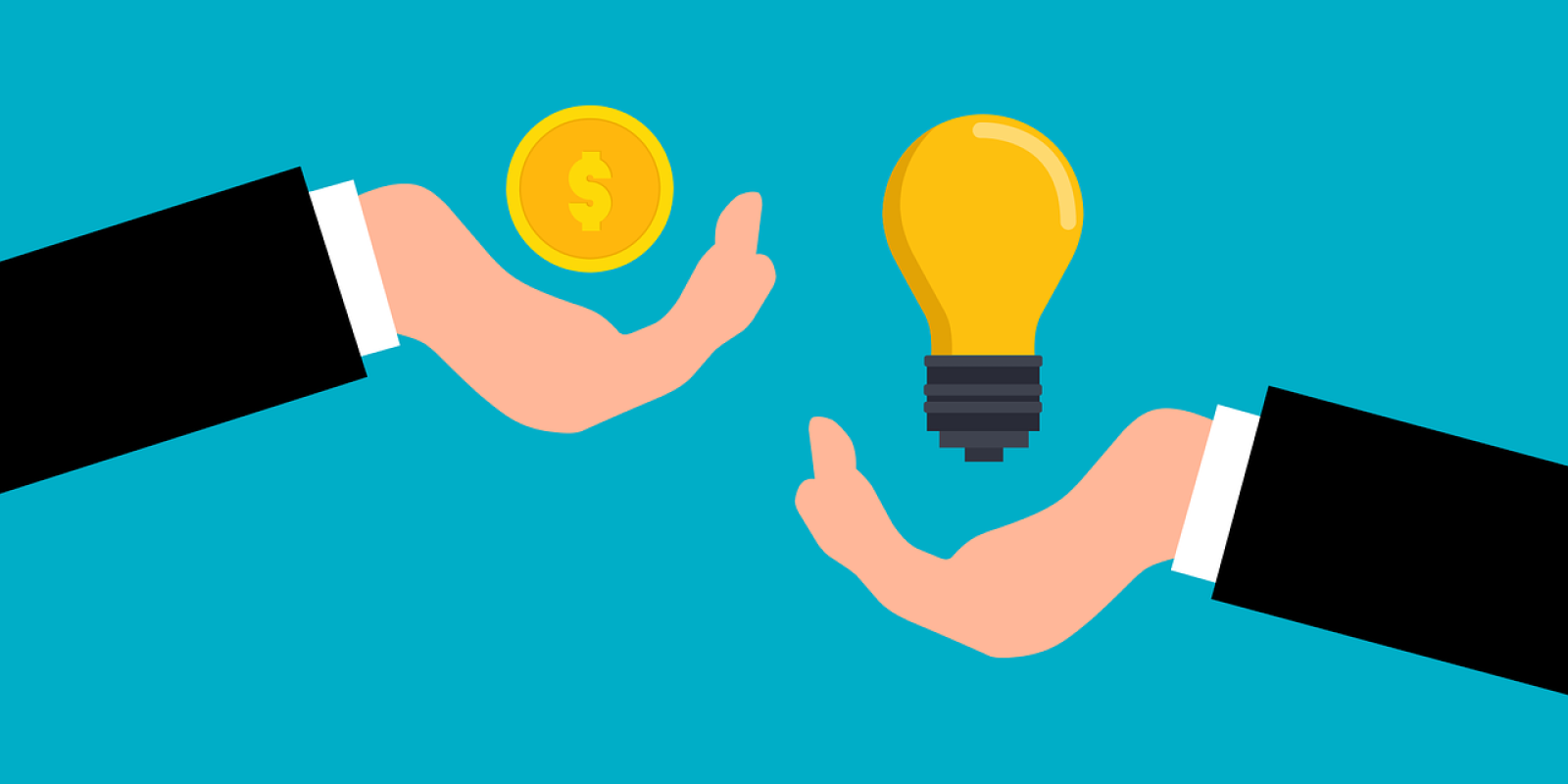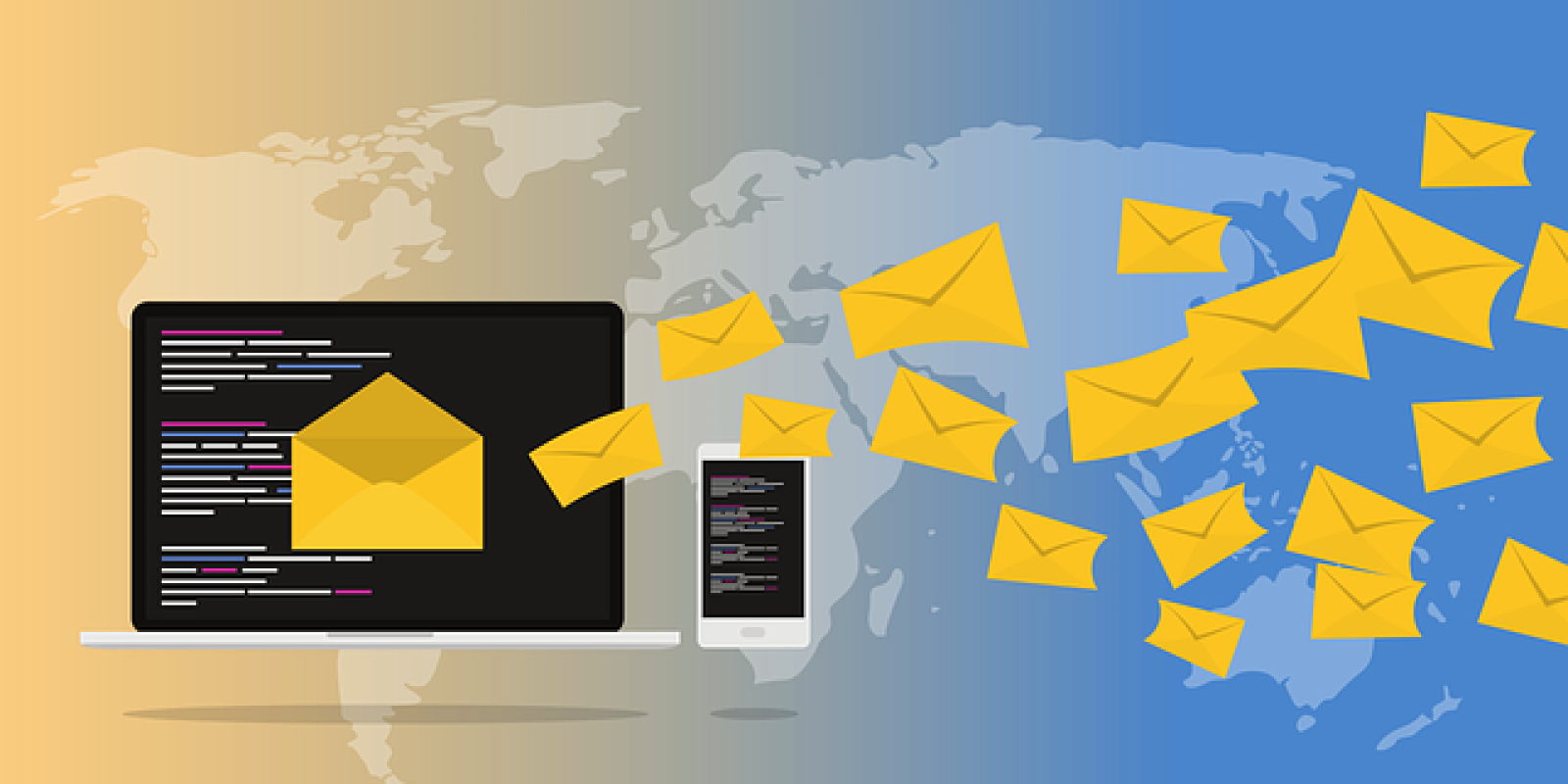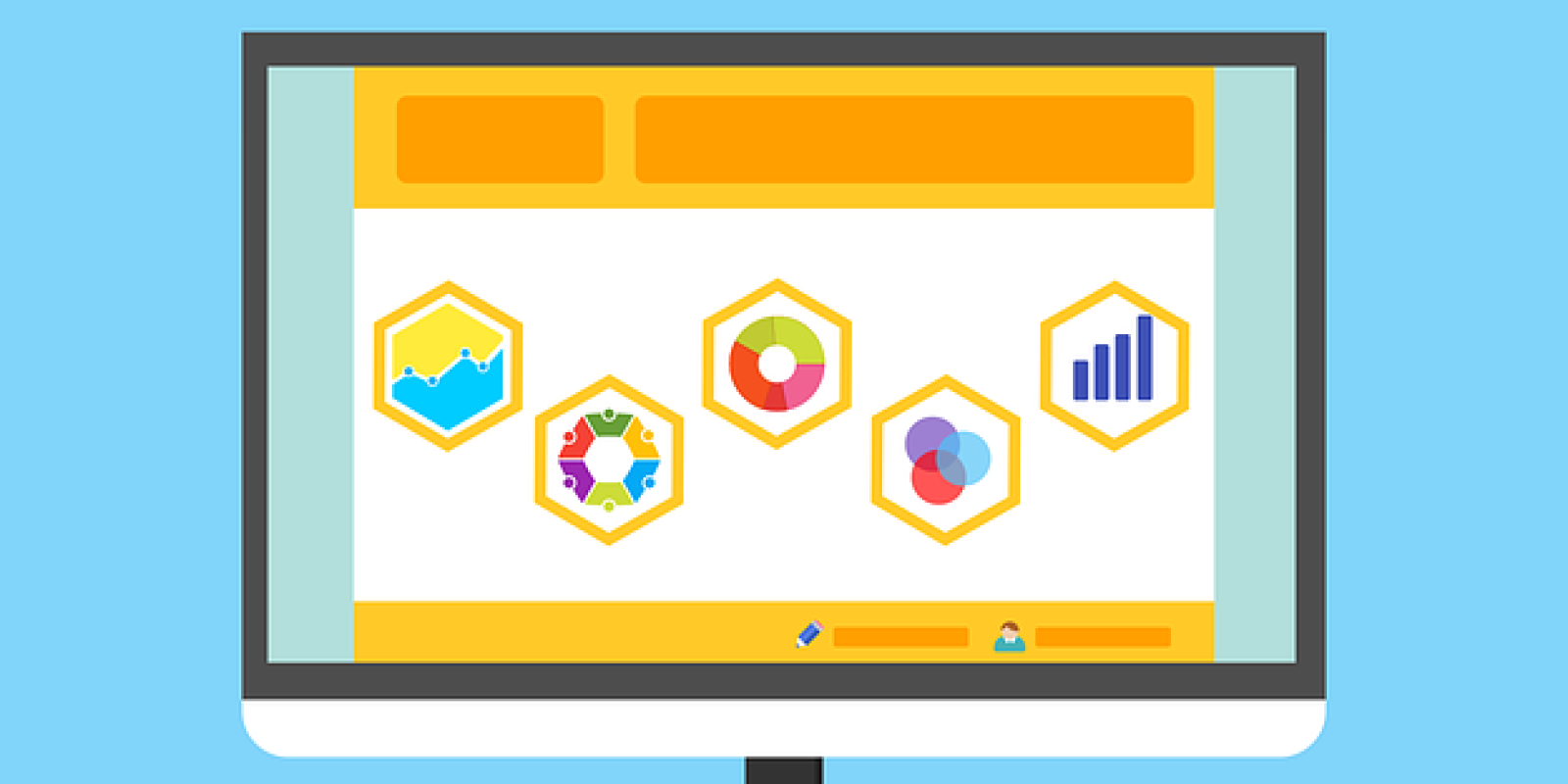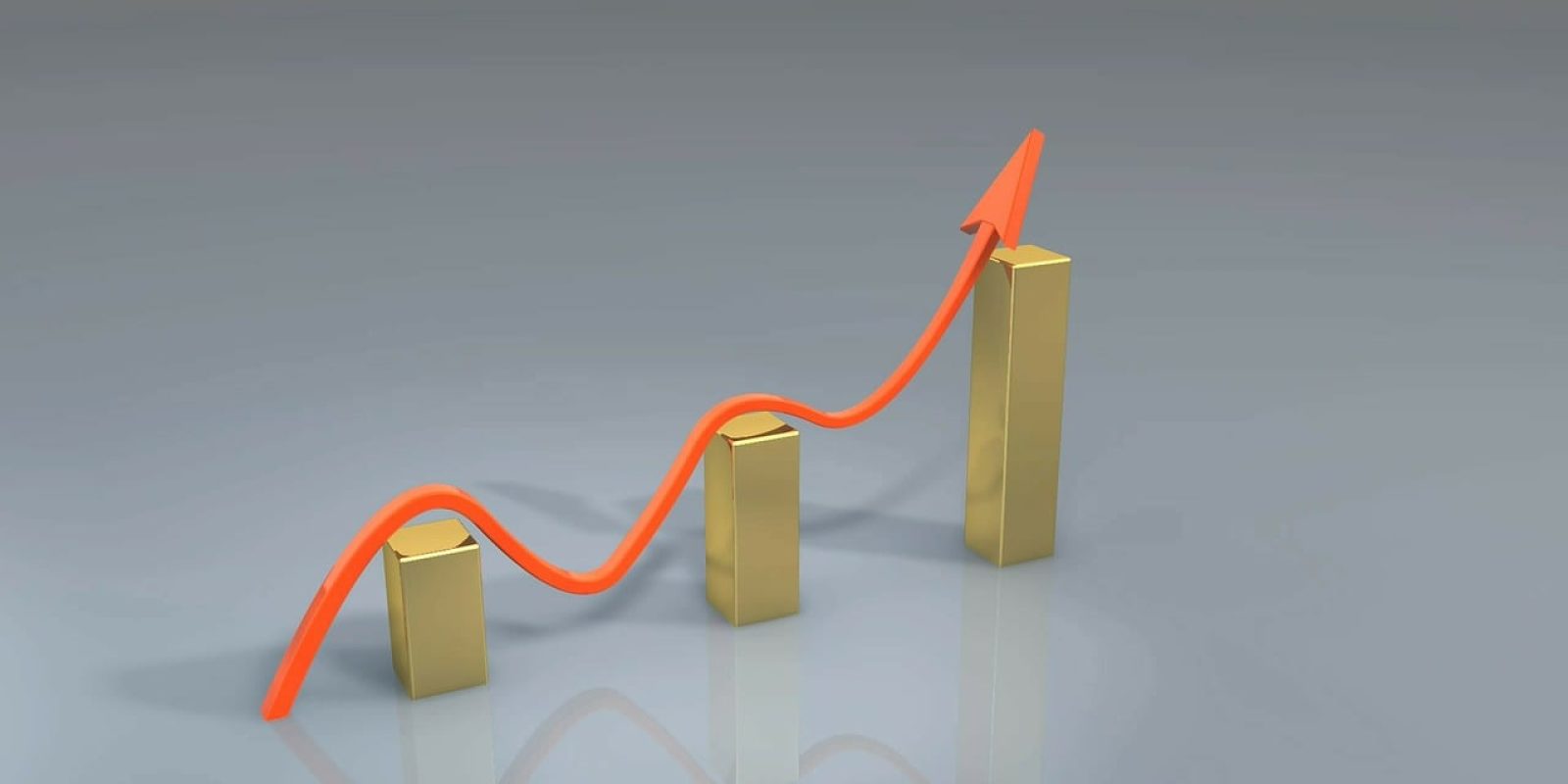- What is a landing page and what is it for
- The key elements of an effective landing page
- The ideal structure of an effective landing page
- Copywriting: textual content
- Contact tools on the landing page
- Graphics: visual content for an effective crowdfunding landing page
- Optimization for mobile devices
- Security and transparency
- Want to learn more directly with our crowdfunding experts about the topic you are reading about?
- Do you need support in preparing a successful crowdfunding campaign and seeking potential investors for your project?
An effective landing page is an essential tool for the success of a crowdfunding campaign, as it is the first real point of contact between the project and potential supporters. It is the page to which sponsored posts on social channels, newsletters, search engine advertising, and all the avenues through which you get in touch with your audience during the precrowd phase refer.
The landing page is where most of the opportunities to gain the attention and support of potential investors are played out. It can be a matter of details, seconds, a right or wrong word, so it is critical to know how to create an effective landing page for your crowdfunding campaign.
What is a landing page and what is it for
The landing page for a crowdfunding campaign is a web page aimed at collecting contacts and expressions of interest in the investment during precrowd. It is different from the simple home page of the company website because it is designed to achieve only one goal: to convert visitors into supporters.
One can use a dedicated page of the corporate portal as a landing page, but it is not an optimal choice: while it may seemingly save time and resources, in reality it risks wasting much more in terms of opportunities. Any page on the corporate site, in fact, is embedded in an ecosystem that can distract the visitor and make him or her take other paths, shifting the focus from crowdfunding to the company itself before he or she has had a chance to fully understand the proposition.
That is why it is smart to build a dedicated crowdfunding communications website, consisting of one page or at most two or three, with all and only information about the crowdfunding campaign and a marginal cross-reference to the corporate website to elaborate on it.
The landing page for the crowdfunding campaign serves to create a strong first impression by clearly presenting the nature and benefits of the project and stimulating immediate interest. People who arrive at this page are usually in one of the following two conditions:
- He/She knows little or nothing about the campaign and should be prompted to want to know more by reading all the information on the site, leaving his/her contact information, and perhaps booking a call with the company's team.
- He/she gained information about the campaign from social channels of the company and/or is already in the company's contact database and has decided that the project is of interest to him, so he should be prompted to book a call with the team or fill out the expression of interest form directly.
A good landing page, therefore, must provide the key information about the project and crowdfunding immediately and clearly, inspire curiosity and confidence, and create interest. But not only that. From the company's perspective, a well-optimized landing page is one that also facilitates the collection of leads, a key factor in creating a solid base of supporters for the launch phase.
We have related the landing page to the precrowd because after the launch of the campaign the audience will be conveyed directly to the campaign page on the crowdfunding platform that hosts it: the landing page may come in handy for informational purposes, but the bulk of the communication by then must have already been done and it is best to avoid putting too many stops on the path that separates users from the investment!
The key elements of an effective landing page
An effective landing page for a crowdfunding campaign is based on the following elements:
- Engaging headline
- Clear and immediate value proposition
- Essential and dense copy, professional and appealing
- Division into sections
- Using easy-to-use tools for collecting contacts
- Targeted and strategically placed CTAs
- Neat design.
In general, the quality and comprehensibility of visual and textual elements is the priority, and the search for emotional involvement is a goal that must always be taken into account, but never forgetting credibility.
In a competitive crowdfunding market, where campaigns compete for the attention of potential backers, standing out with a landing page that communicates credibility and transparency is critical to collection success.
The ideal structure of an effective landing page
Companies and crowdfunding projects are all different from each other and may have different communication needs, but there is a useful pattern to keep as an adaptable template for an effective landing page for a crowdfunding campaign.
- The brand logo should stand out at the top of the page, clearly visible but not obtrusive.
- Immediately below that we have the headline, which is the most prominent short text, i.e., the first that is read by people arriving on the landing page.
- The main benefits for those who join the project follow.
- The last element within the initial glance of the landing page is the form for requesting information and possibly expressing interest.
- Scrolling down the page, comes the in-depth information:
- other advantages of crowdfunding investment
- explanation of expressions of interest
- description of investor rewards
- Brand history and technical data
- testimonials
- Technical information about the crowdfunding campaign (minimum goal, minimum investment amount, host platform, etc.).
- The closing should be an additional form for expression of interest and request for information.
Let us now analyze the various elements in detail.
Copywriting: textual content
The textual content of the crowdfunding campaign landing page should be few, well readable, understandable, and engaging. Ideally, adopt the right mix of informative and persuasive copywriting and balance professionalism and engagement. Style and tone of voice should be decided upstream based on the target audience and the relationship between company and audience.
In order to maintain a high level of attention, it is good to divide the copy into sections with clear headings: this makes it easier to read and makes the message more immediate. Each section should focus on a specific aspect: a description of the project, its benefits, achievable goals, and how supporters' contributions will be used. Using bulleted lists helps avoid overly long blocks of text and facilitates comprehension and rapid internalization of messages.
Headline: The headline is the element that immediately attracts attention and should describe, in a nutshell, the value of the project. A successful headline is short and benefit-oriented and contains a call to action, for example, "Support a More Sustainable Future" or more explicitly "Partner with X." Accompanying the headline with a subtitle helps to further clarify the project's goal and explain how visitors can make a difference with their support.
Value proposition: The value proposition is a short and powerful statement that answers the question, "Why should I support this project?" Ideally, it should highlight the main benefits to the supporter and the positive impact of the project, without describing technical details, but rather summarizing how the project solves a real problem or improves the lives of its supporters.
Description of benefits: even the most in-depth description of the benefits that can follow the value proposition should be concise and constructed as a list or as isolated mirrors of text, of no more than 30 words each, with a prominent headline. Rewards, on the other hand, should be presented in a dedicated section, placing them in order of value, for example with a table.
Description of benefits: even the most in-depth description of benefits that can follow the value proposition should be concise and constructed as a list or as text mirrors isolated, of no more than 30 words each, with a prominent title. Rewards, on the other hand, should be presented in a dedicated section, placing them in order of value, for example, with a table.
Theoretical and practical explanations: explanations of how crowdfunding works, what the precrowd phase is, and what expressions of interest are should be clear but concise, highlighting only the points that are important to potential investors, without dwelling on technicalities or aspects that are more of interest to the company. The goal is to clarify and reassure together.
Focus on the brand: The brand section needs to include not only the company's present and past roadmap and the goals to be achieved with supporters' contributions to the crowdfunding campaign, but also to tell in a clear and engaging way the story of the project, what makes it special and how it meets a common need or passion. This approach helps create an emotional connection and give the campaign a solid identity, which are essential elements in winning the public's trust. That's why it doesn't hurt to include a photo of the entrepreneur and/or the corporate team.
Call to action: Call to action are clickable buttons that invite users to take actions to lead them to conversion. The CTA that accompanies data release and expression of interest forms should not be aggressive and should make it clear that by submitting the form you are not making any binding commitment, but are initiating an informal connection with the company.
On the rest of the landing page, CTA copy should be direct and incentivize immediate action, e.g., "Find out how to contribute," "Learn about rewards," "Book a call." Call to Action should be integrated naturally into the copy, but highlighted graphically to attract immediate attention. It is also important that they are linked to the text next to which they are placed: for example, next to the explanation about expressions of interest there can be a CTA that leads to the form to be filled out, next to the list of benefits one that leads directly to learn more about rewards, etc.
Where possible, CTAs can be accompanied by phrases that generate a sense of urgency, along the lines of "For a limited time only."
It should be emphasized that CTA optimization benefits greatly from A/B testing: trying different versions of CTAs (text variations, colors, positions) allows you to identify which elements lead to the highest conversion rate. Even small changes, such as changing a word or adding an icon, can significantly improve conversions.
Testimonials: testimonials from customers on the goodness of the brand or from the media on the innovativeness of the project or even from supporters of previous crowdfunding campaigns are social approval signals very powerful in consolidating trust. These need to be highlighted. If the campaign has already garnered memberships, statistics such as "Thousands of users already signed up" or actual supporter counters can increase the effectiveness of the landing page by leveraging the social proof and the herd effect to influence new visitors. Showing that hundreds of people have already supported the campaign or that the project has received recognition reinforces the perceived trustworthiness of the project.
Want to learn more directly with our crowdfunding experts about the topic you are reading about?
Turbo Crowd can reveal to you all the tricks of the crowdfunding trade, explain the capital-raising opportunities available to you, and provide you with practical support to carry out a successful crowdfunding campaign.
Contact tools on the landing page
The forms on the landing page for the crowdfunding campaign should consist of very few fields, require little effort and little information from users to avoid arousing hostility, reluctance or boredom. The basic data are the contact data, so email and/or phone number, while the extra data is the amount for which the user expresses interest.
In fact, to continue the relationship with visitors who are interested but not yet ready to contribute, it is essential to collect their contact information. Offering an incentive, such as early access, discounts or exclusive content, in exchange for the email address can greatly improve the sign-up rate.
The ability to gather contacts is also crucial for retaining visitors, providing new content and information, and keeping them updated on campaign development.
You can also use pop-ups, as long as they are non-invasive and repetitive, to invite users to leave their contacts.
Graphics: visual content for an effective crowdfunding landing page
For a successful landing page, the visual design should be simple but impactful, dynamic but linear, multimedia but quiet.
Here's what to keep in mind when building the layout and structure of your landing page to increase your chances of conversion:
- High-quality images and demonstration or informational videos are indispensable elements of engagement, convey professionalism and transparency, convey messages faster, and stimulate interaction.
- Unnecessary aesthetic frills that might distract from the main message should be avoided.
- The use of contrasting colors against the background for CTA buttons can significantly improve click-through rates, as long as it does not strain the eye.
- Call To Action buttons should be of a highly visible size, but not disproportionate.
- CTAs should be placed in multiple strategic places on the landing page, that is, at the top in the part visible without scrolling, but also along the way, especially in key sections.
- The structure of the landing page should be symmetrical in the arrangement of elements such as images, blocks containing text, bulleted lists, etc.
Optimization for mobile devices
The landing page must be not only aesthetically pleasing but also intuitive and performant. That is why everything said so far must be put into practice while keeping the optimization of the page for mobile devices as a criterion.. Globally, about 60.4% of web traffic comes from mobile devices, while desktop traffic is around 37.5% (Statista data), with mobile continuing to grow as the preferred mode for browsing online. Mobile users, however, have lower attention spans and tend to spend less time on pages than desktop users.
It is essential, therefore, that the landing page be perfectly responsive for access from smartphones, because most users will visit it from this device. CTAs, text, and images must fit perfectly in terms of shape and size on a variety of screens, and navigation must be smooth even on smartphones and tablets. The most important information must be understood in the portion of the screen that you see without having to scroll down the page. Such a mobile-first philosophy in page design is imperative for improving usability and reducing abandonment rates.
Another critical element from this point of view is loading speed: slow pages risk losing up to 50% of visitors. You therefore need to optimize images and videos to reduce loading time and provide a smooth experience. Tools such as Google PageSpeed Insights can help monitor performance and identify areas for improvement.
Security and transparency
Last but not least, an effective landing page for your crowdfunding campaign must convey reliability and security: make sure the site has an SSL certificate to protect visitors' information. In addition, including an FAQ section or links to details about how the funds raised will be used helps make the process transparent, offering reassurances that help increase trust in the campaign.
Finally, the landing page should always include a section for the privacy policy and cookie policy.
Do you need support in preparing a successful crowdfunding campaign and seeking potential investors for your project?
Turbo Crowd can accompany you throughout the process, from organizing the precrowd to closing the collection, developing effective and innovative marketing strategies to best promote your campaign.


